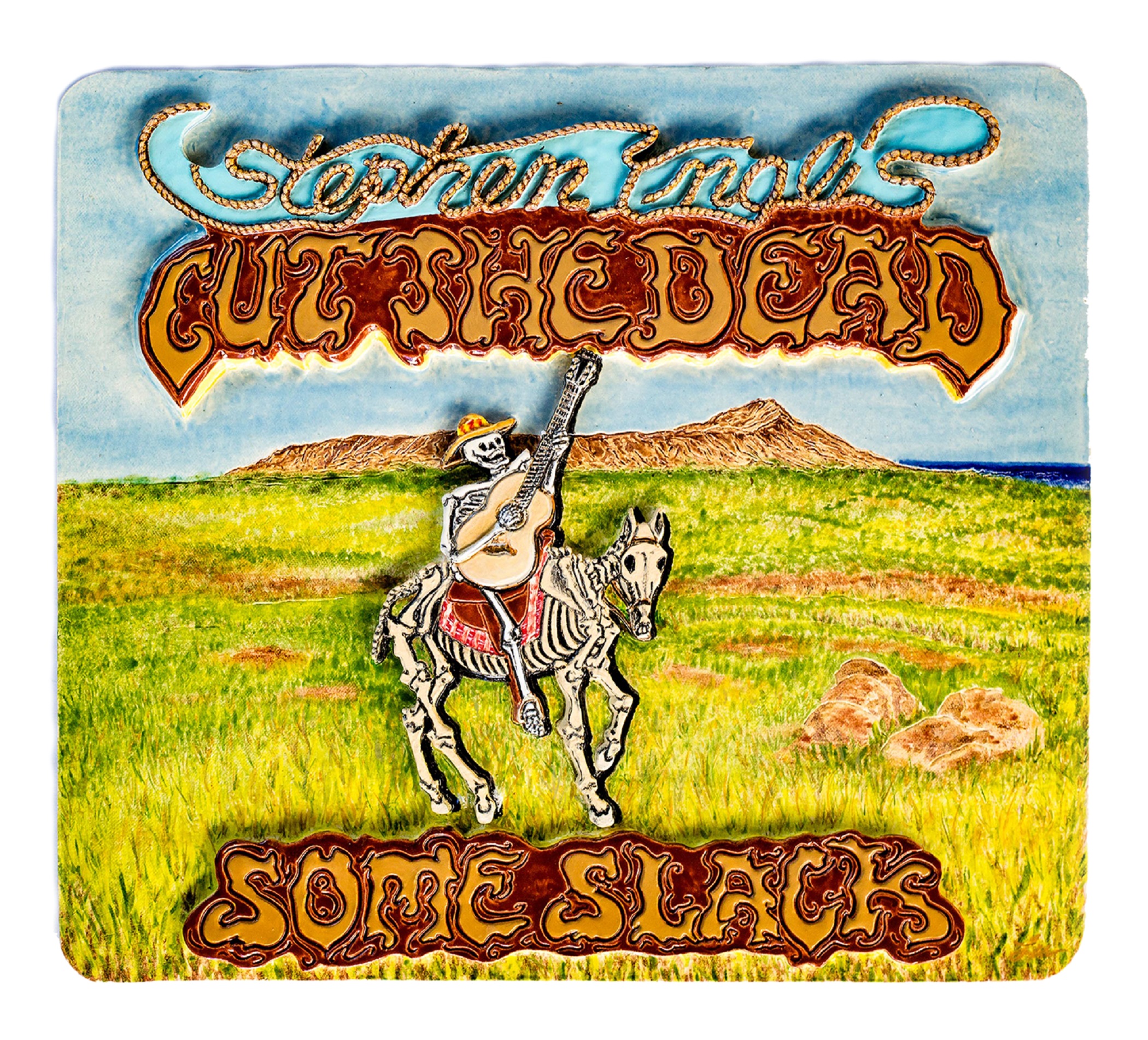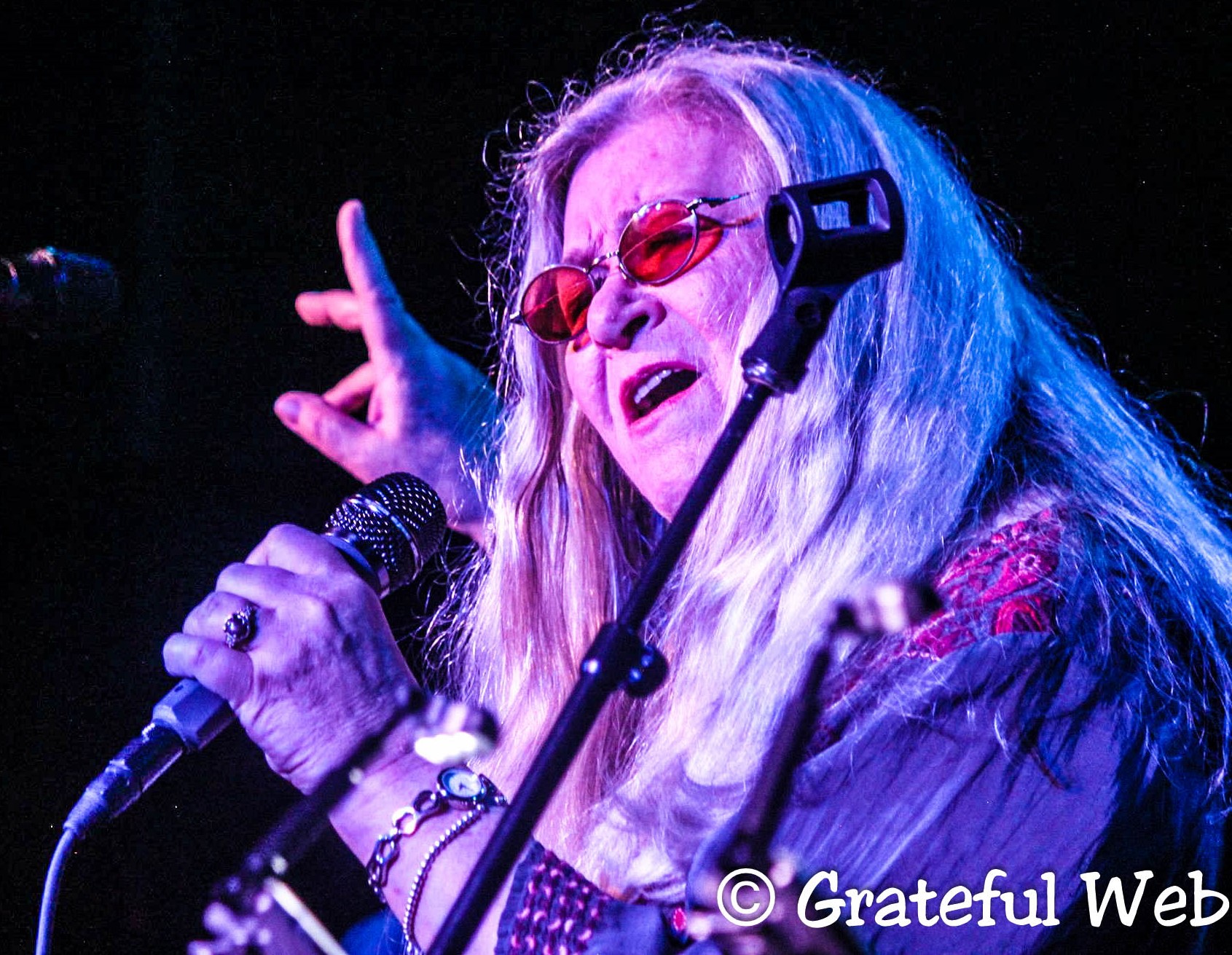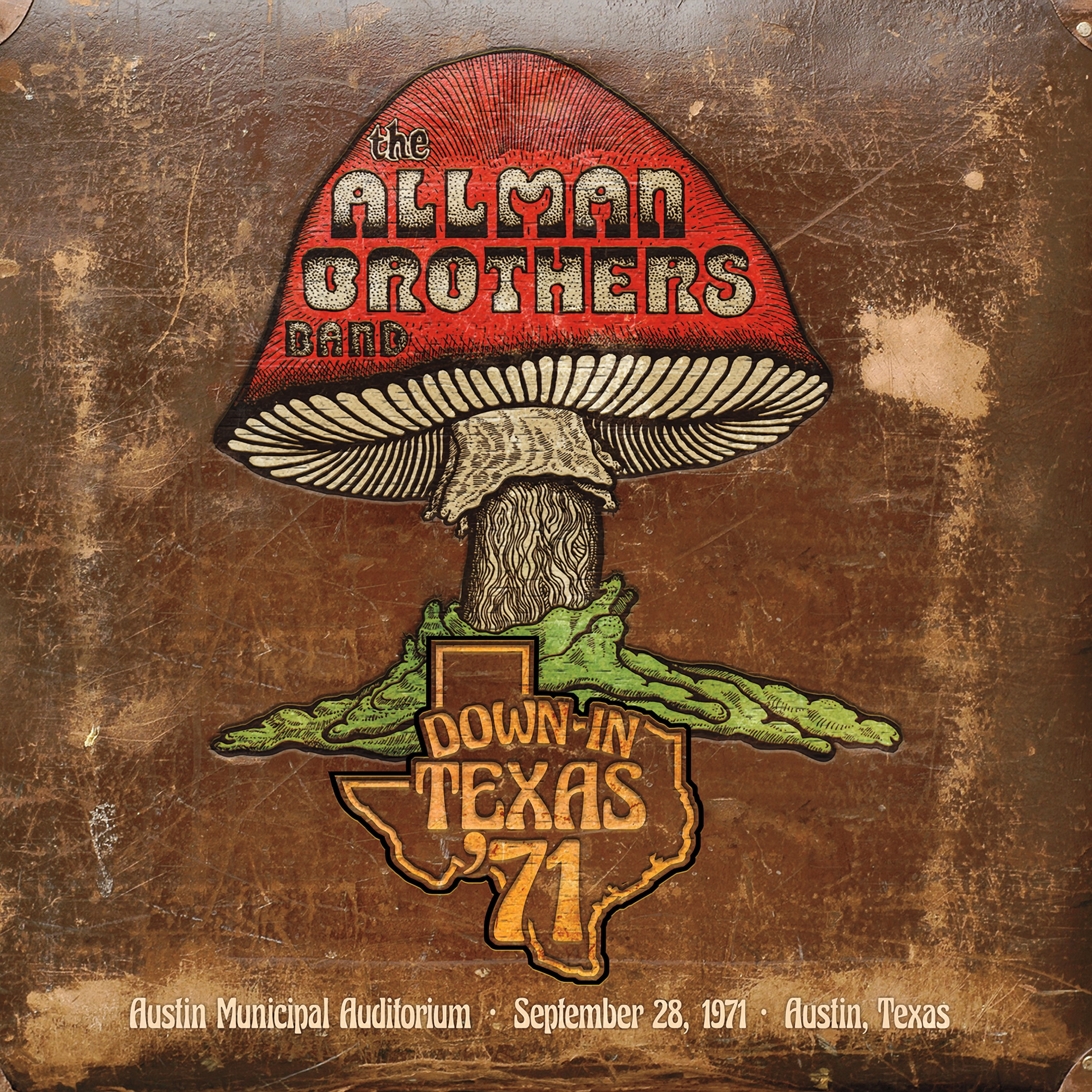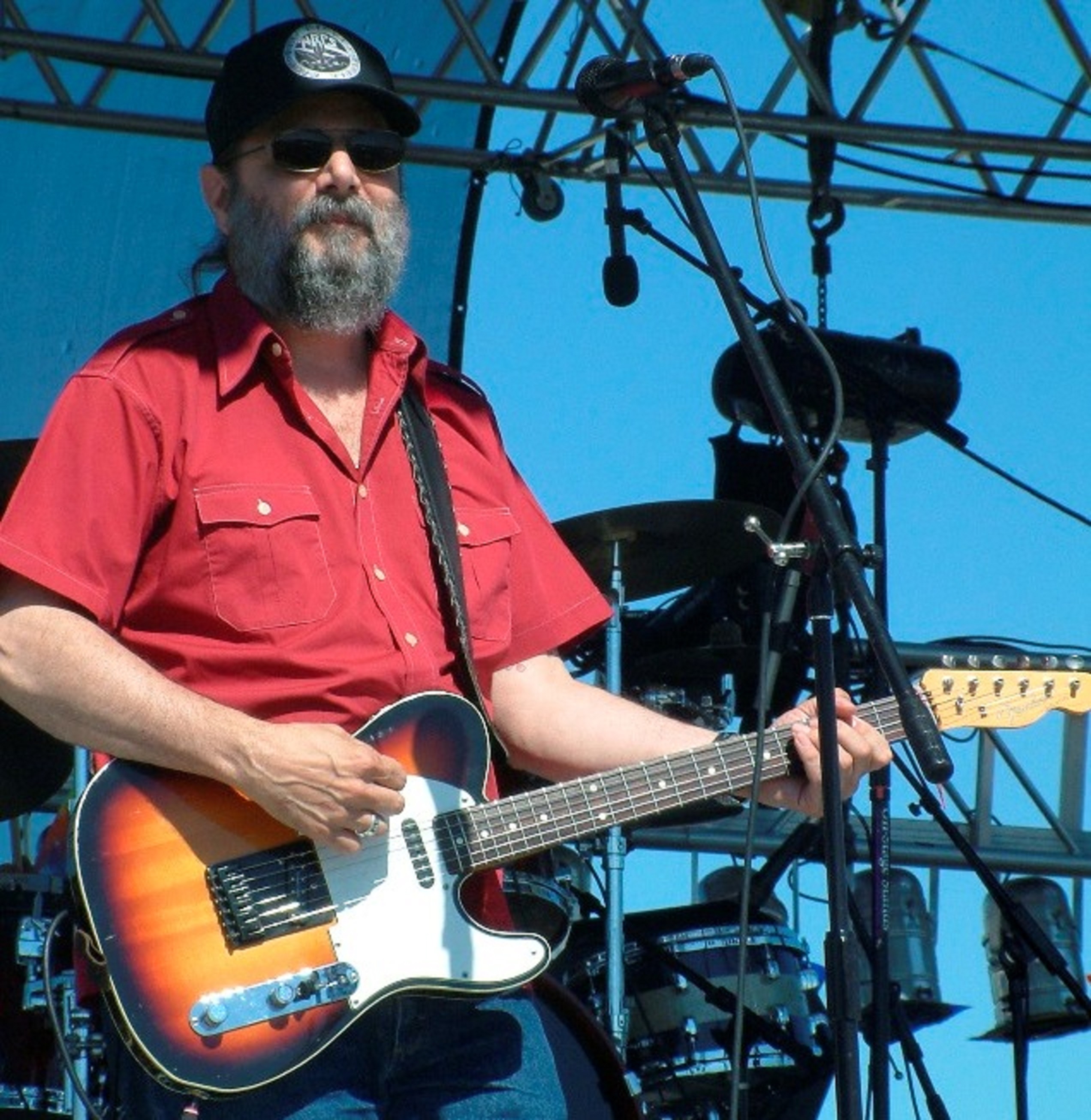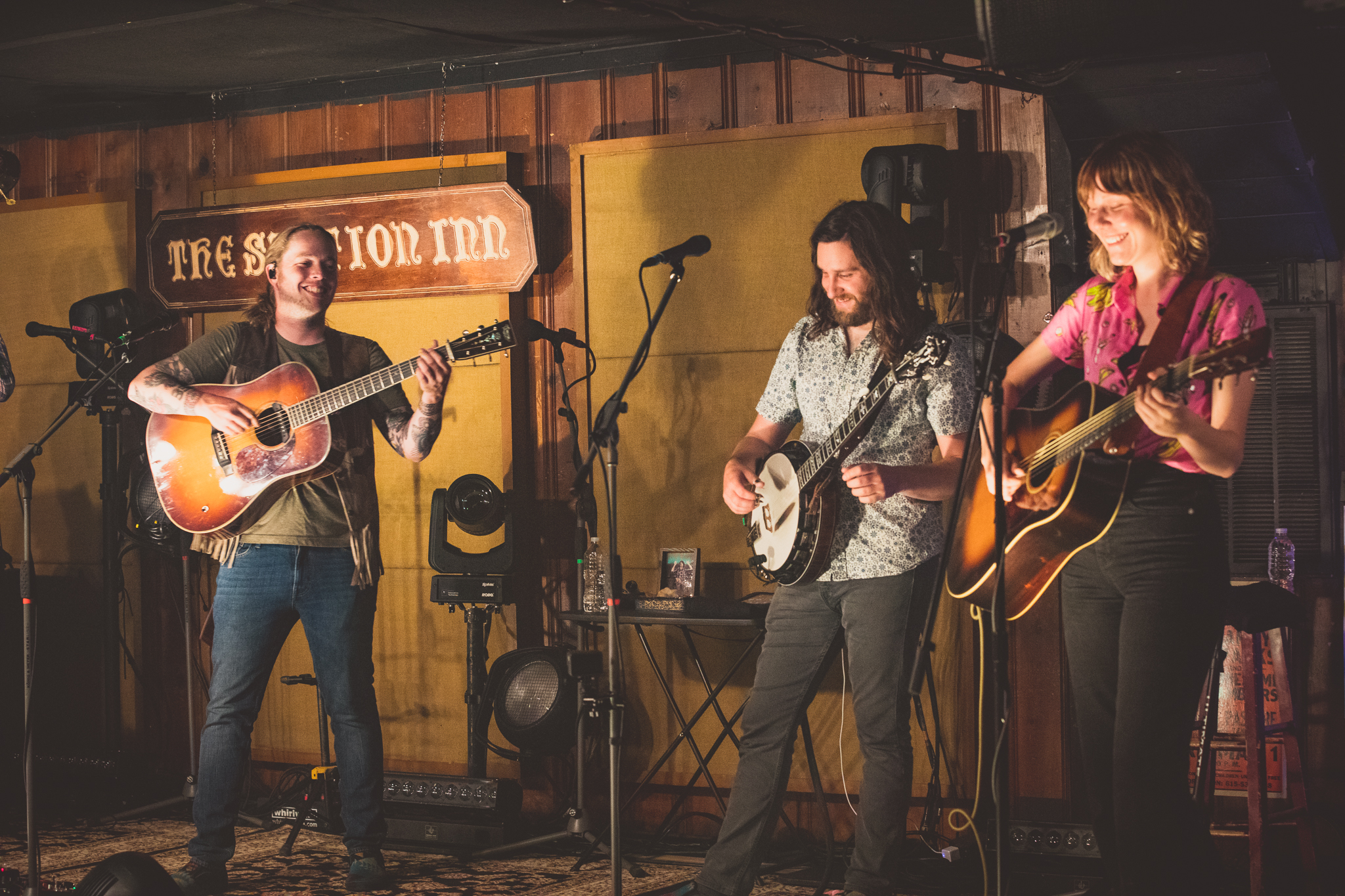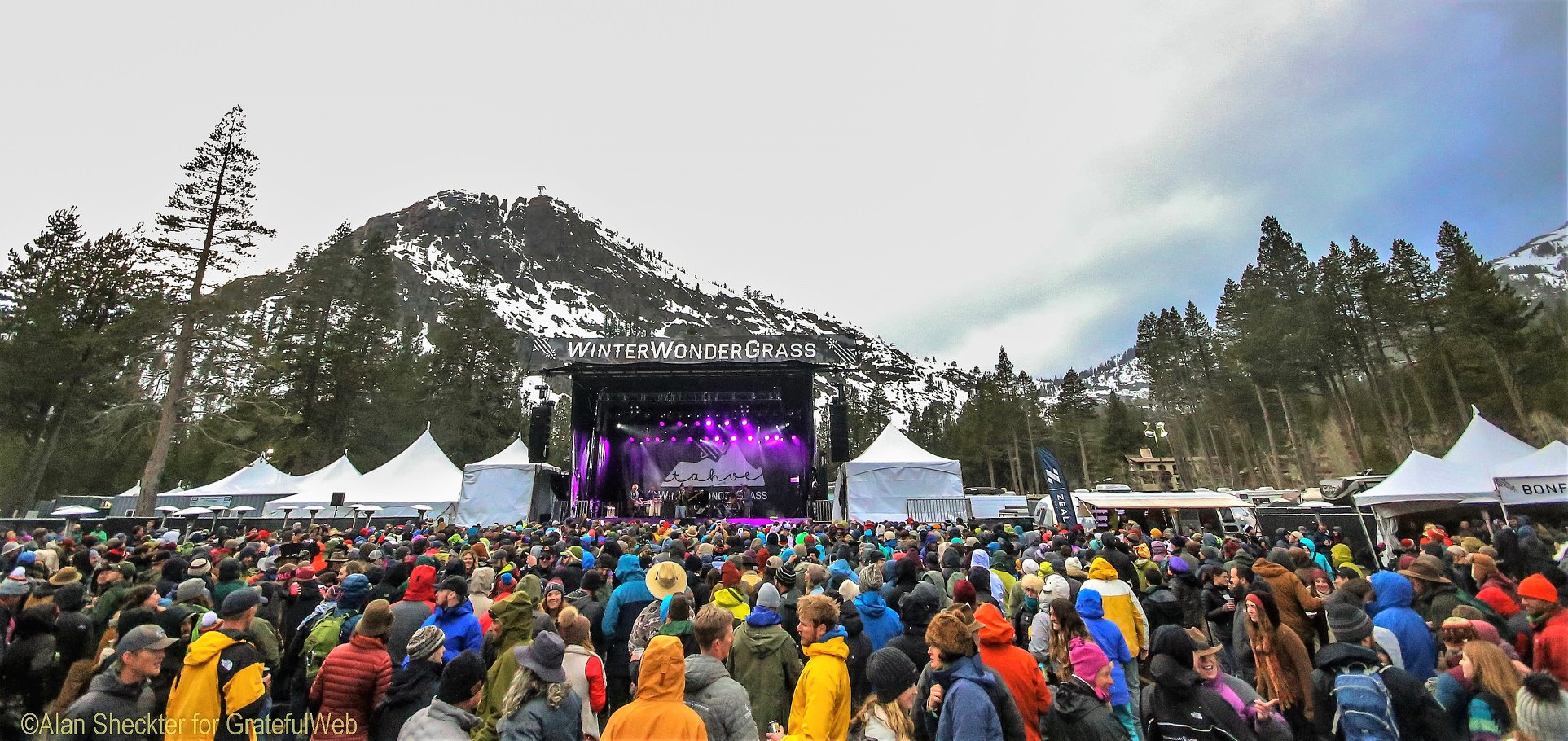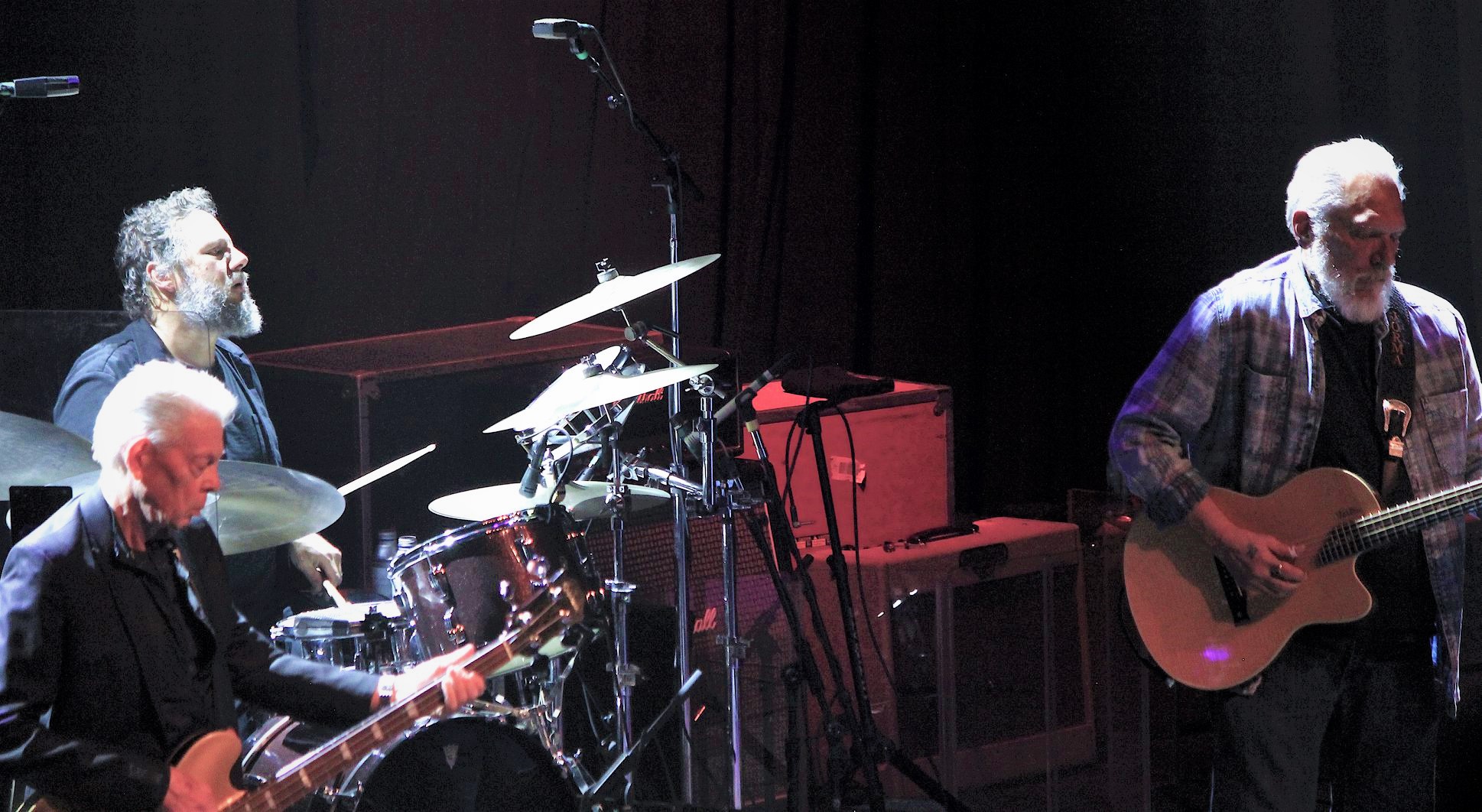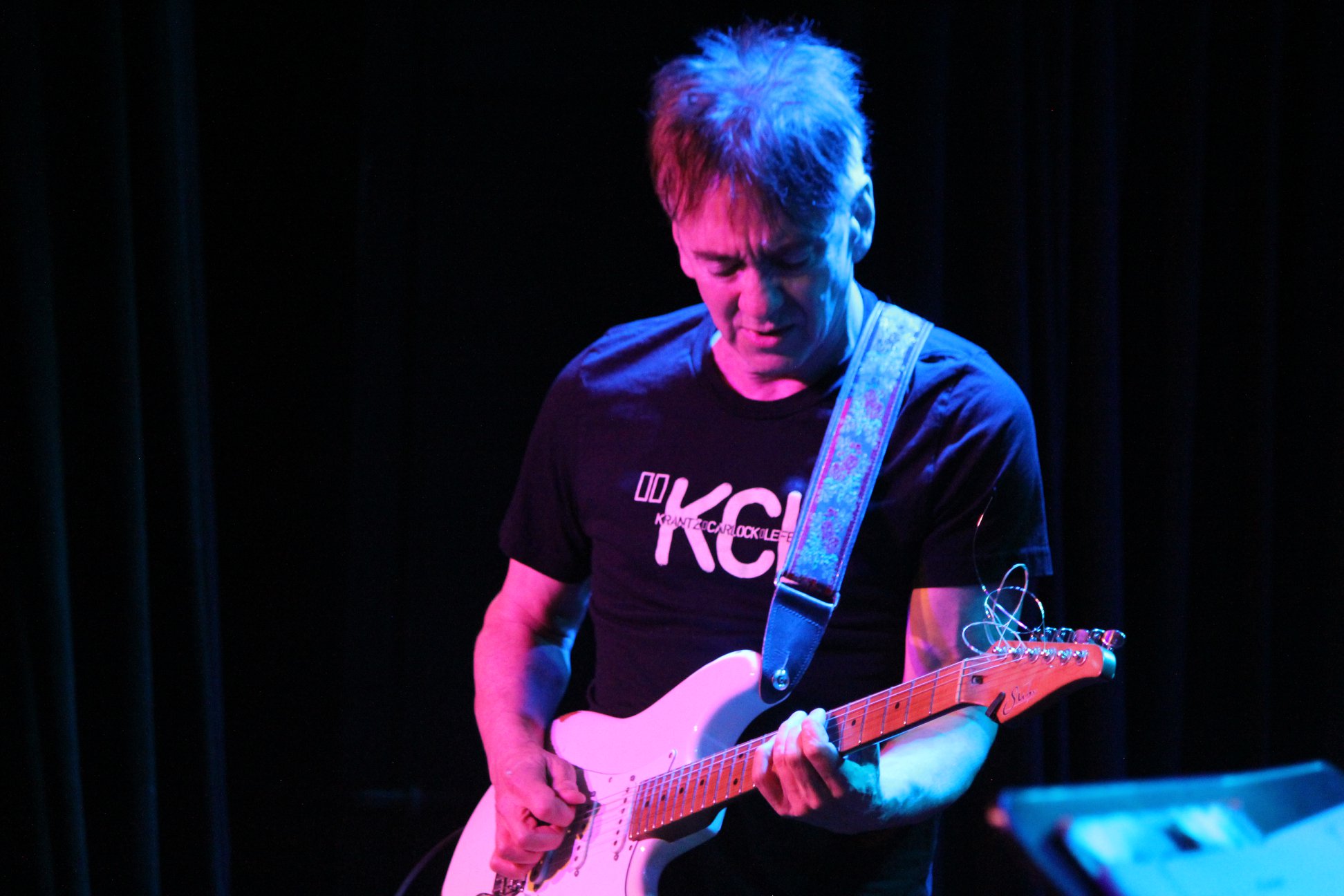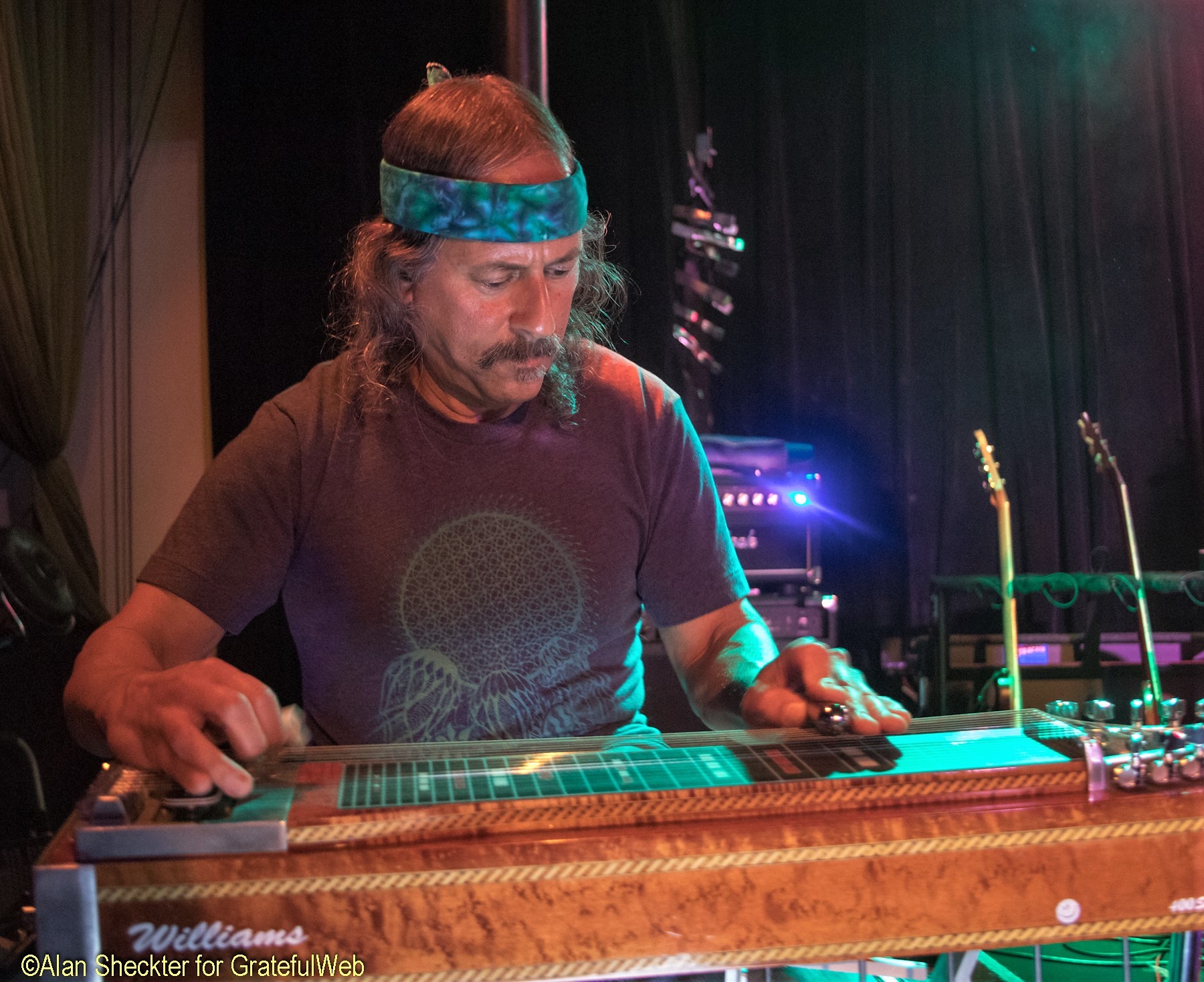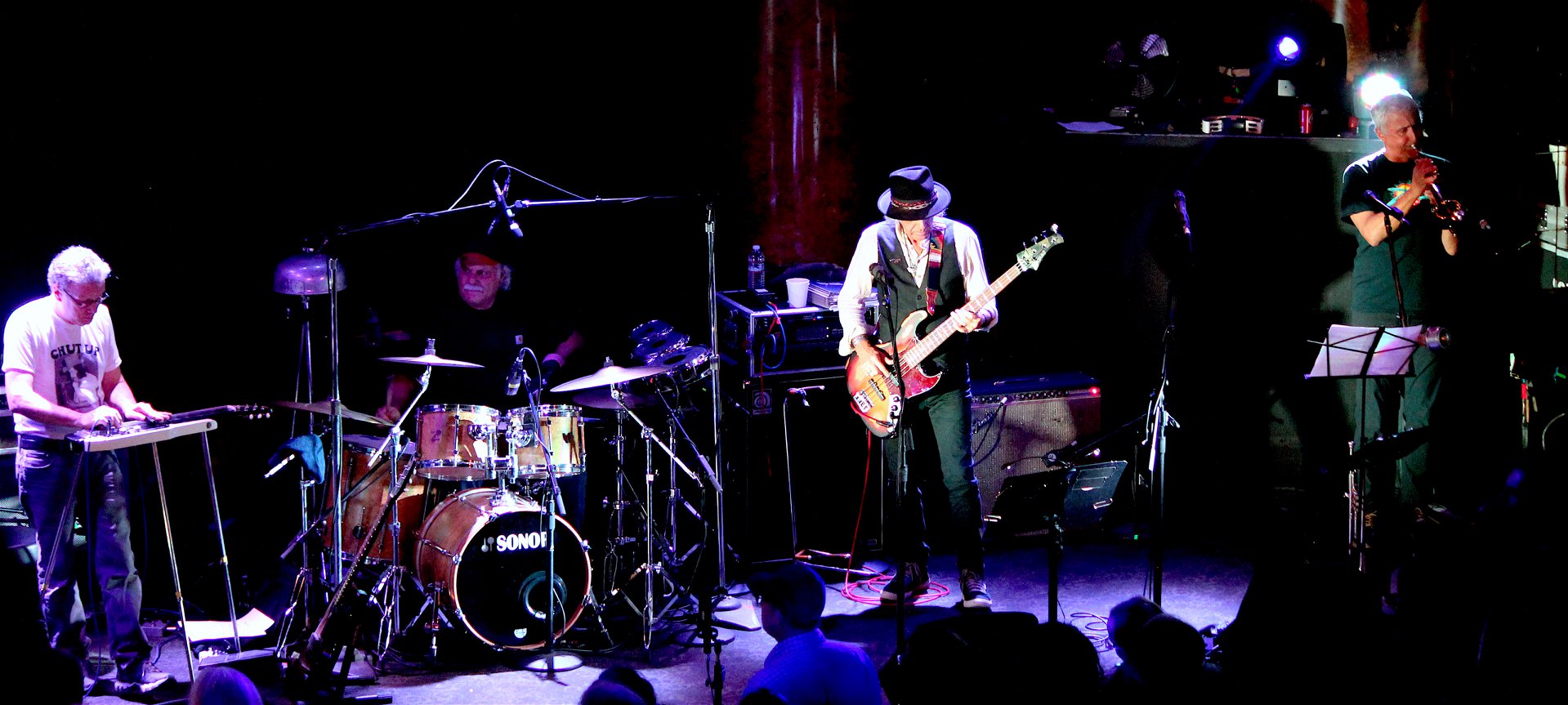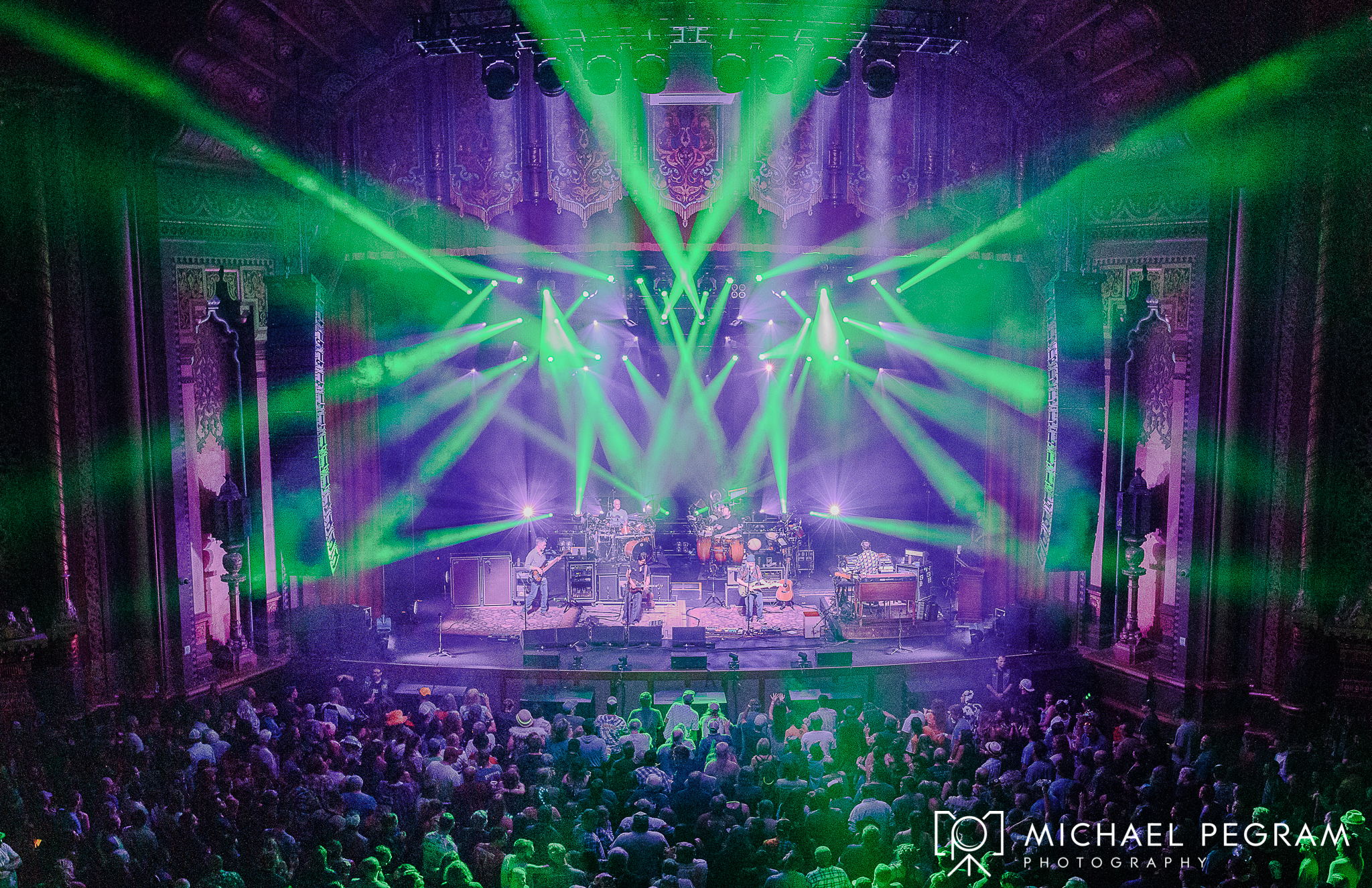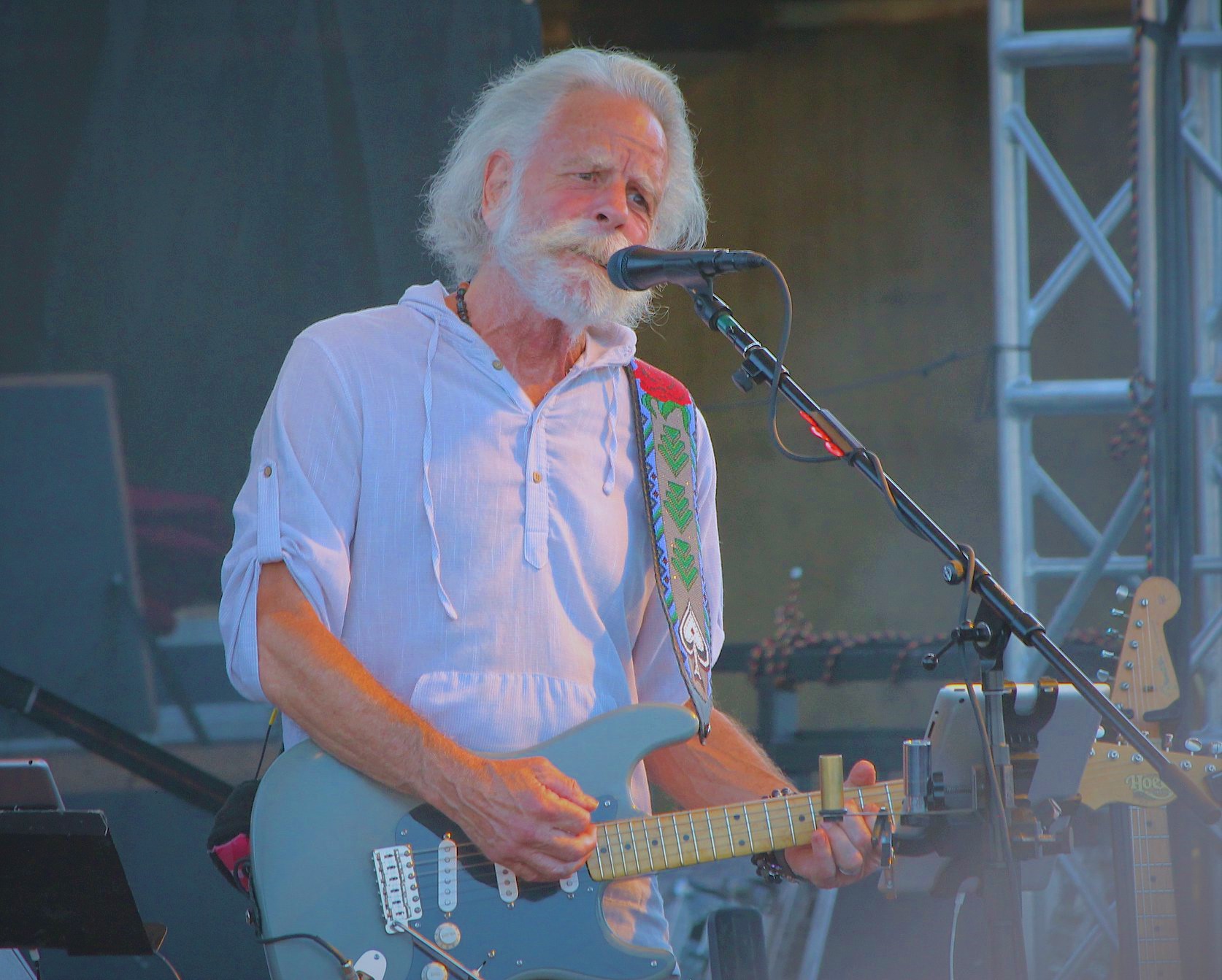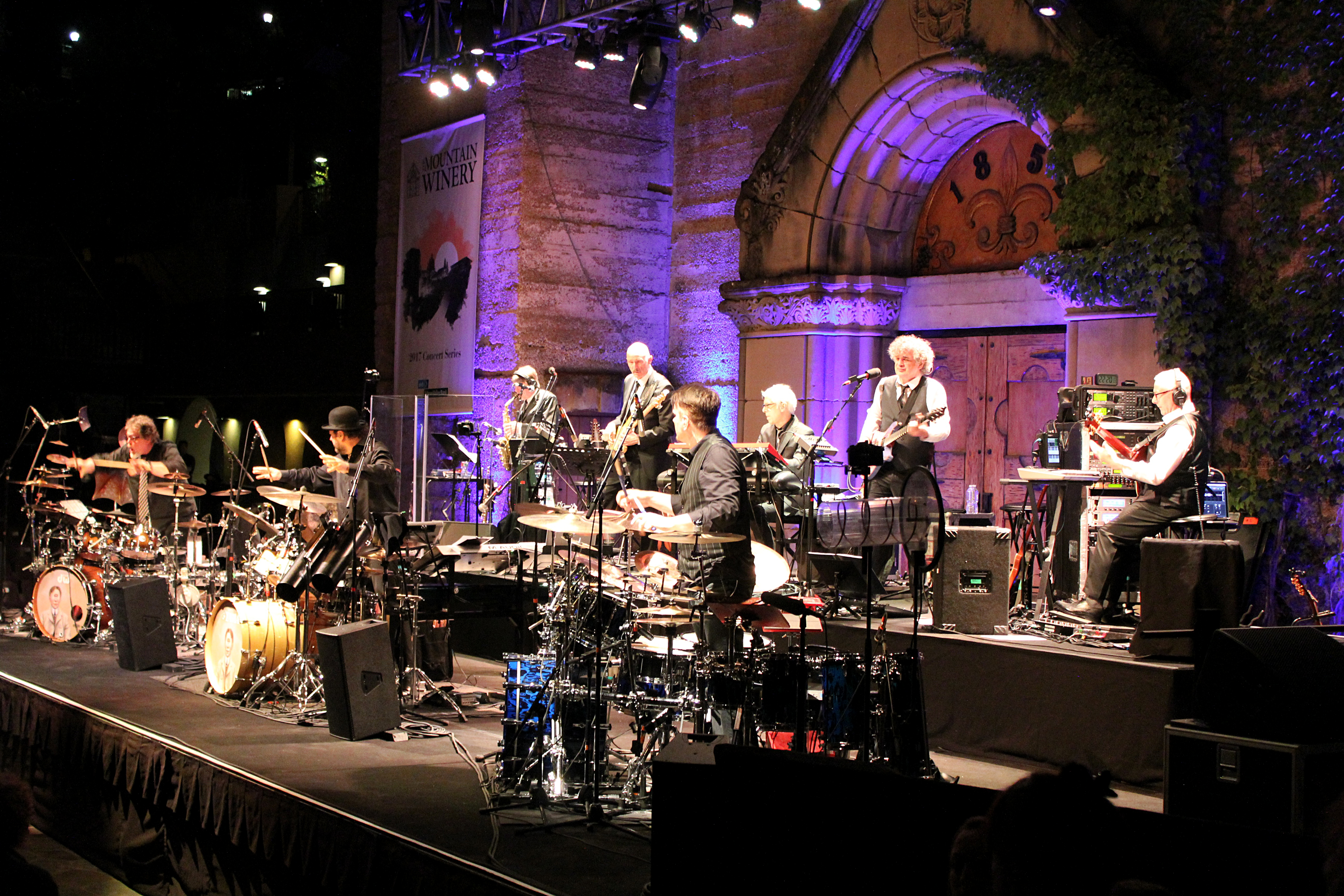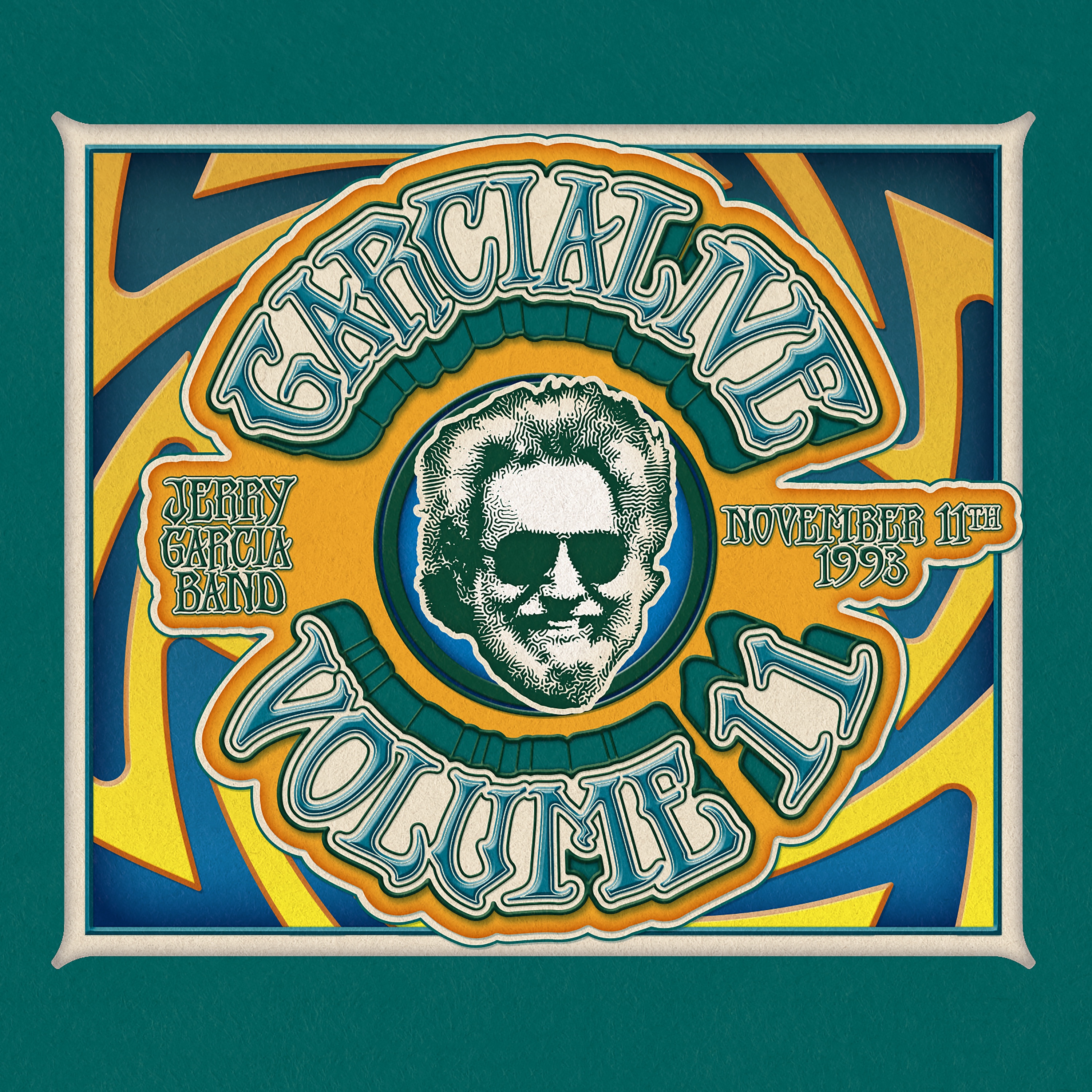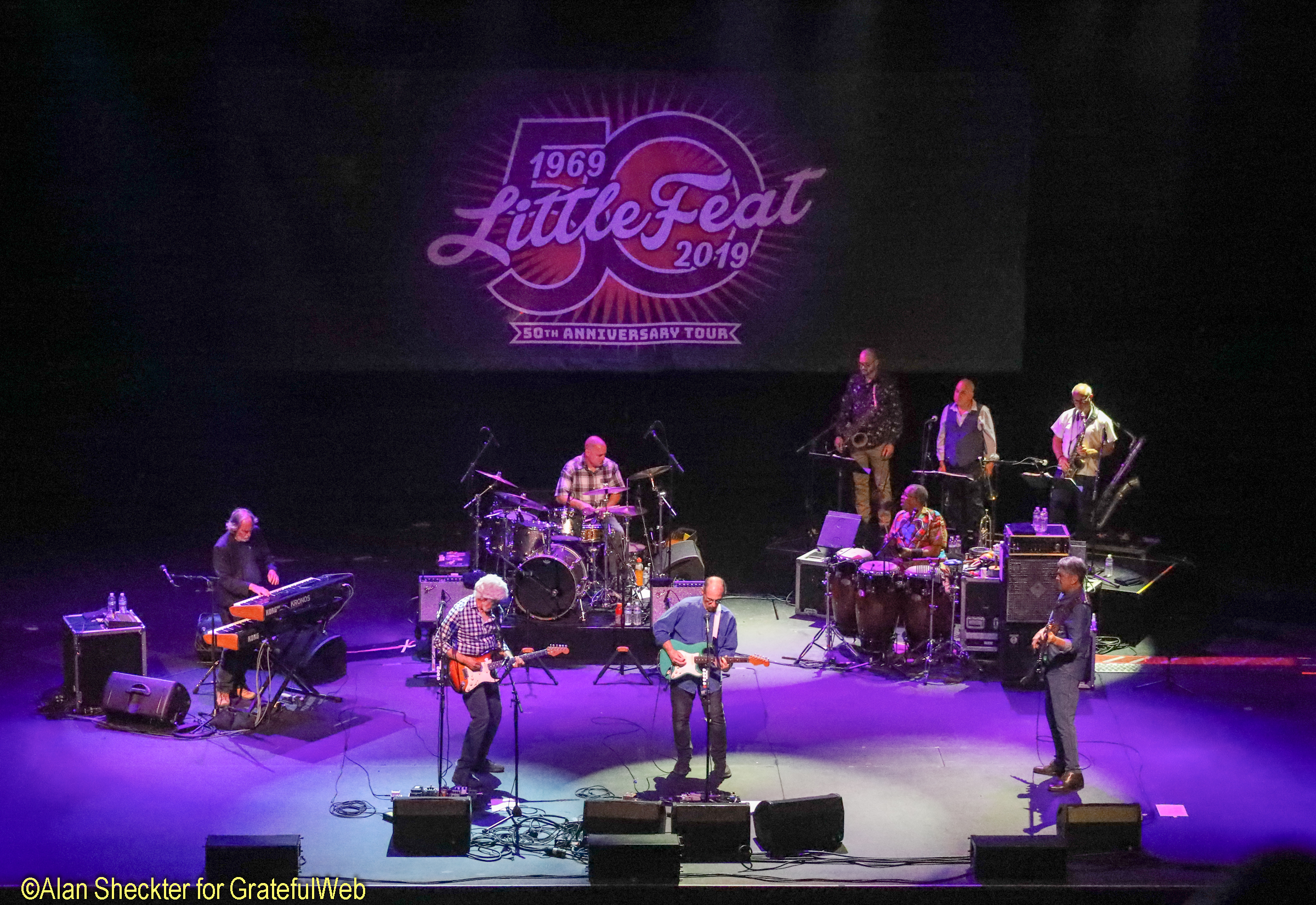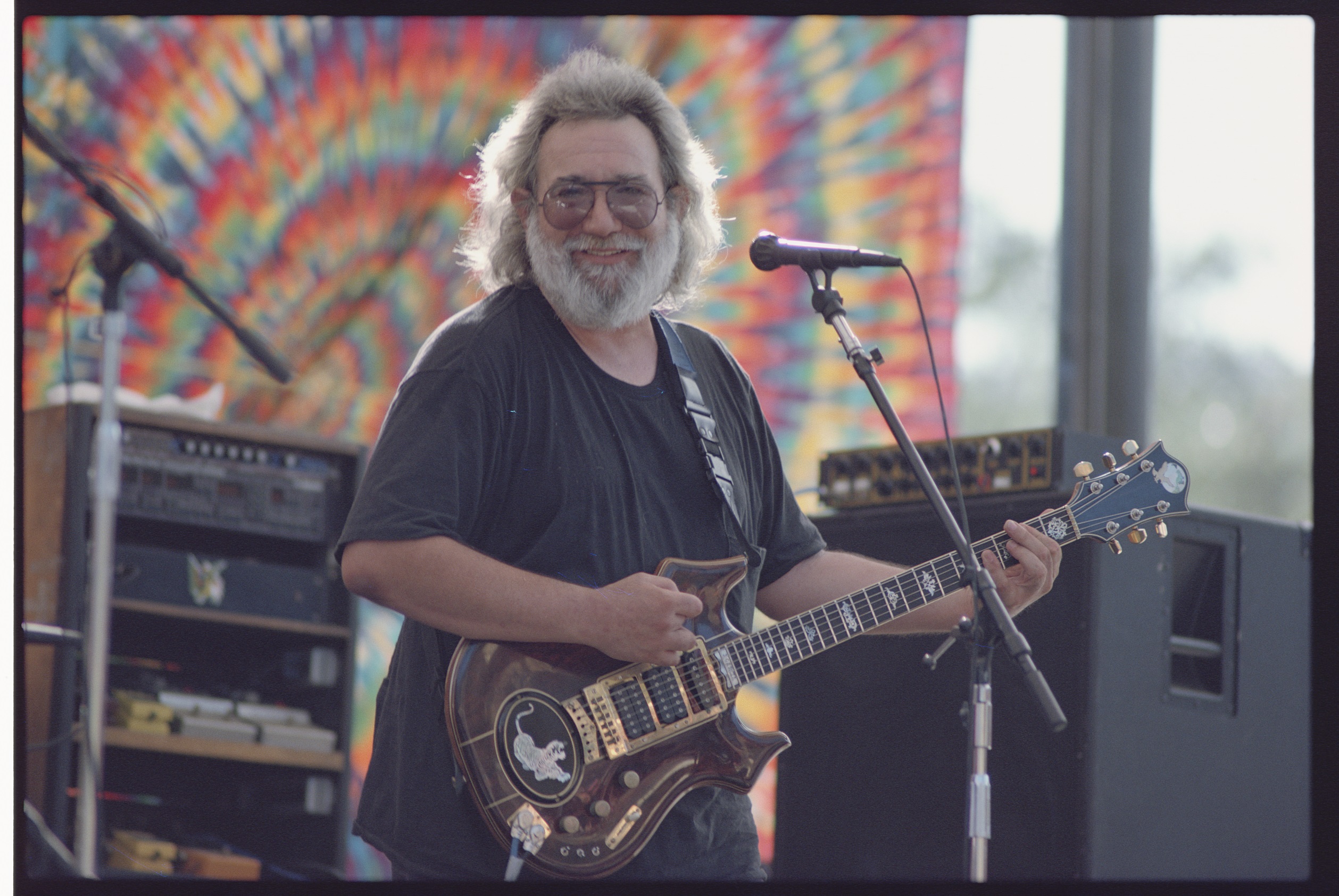Multifarious guitar player Stephen Inglis is no stranger to the music of the Grateful Dead. A life-long Deadhead through and through, Stephen took his native Hawaiian guitar playing roots and mingled it with the band that changed his life. In conversation with Grateful Web, Stephen opened up about his ambitious solo Slack Key Guitar-centered album Cut The Dead Some Slack.
GW: Can you talk about your musical beginnings? Who are your influences?
SI: Sure. I started music at a really young age. I was five years old when I started playing classical piano, by the Sweiruzuki Method first, then later more traditional. I continued in the Honolulu Boys Choir. I was born and raised here in Honolulu. When I was fourteen, I got my first guitar. My brother turned me on to hard rock bands like Metallica. Shortly after that, I dove into the classic stuff. Hendrix, Led Zeppelin, Pink Floyd. But when the [Grateful] Dead hit me that really put me on a path. First with the official releases. This was right around when they released One From The Vault and Two From The Vault. From there I began diving into the live tape universe.
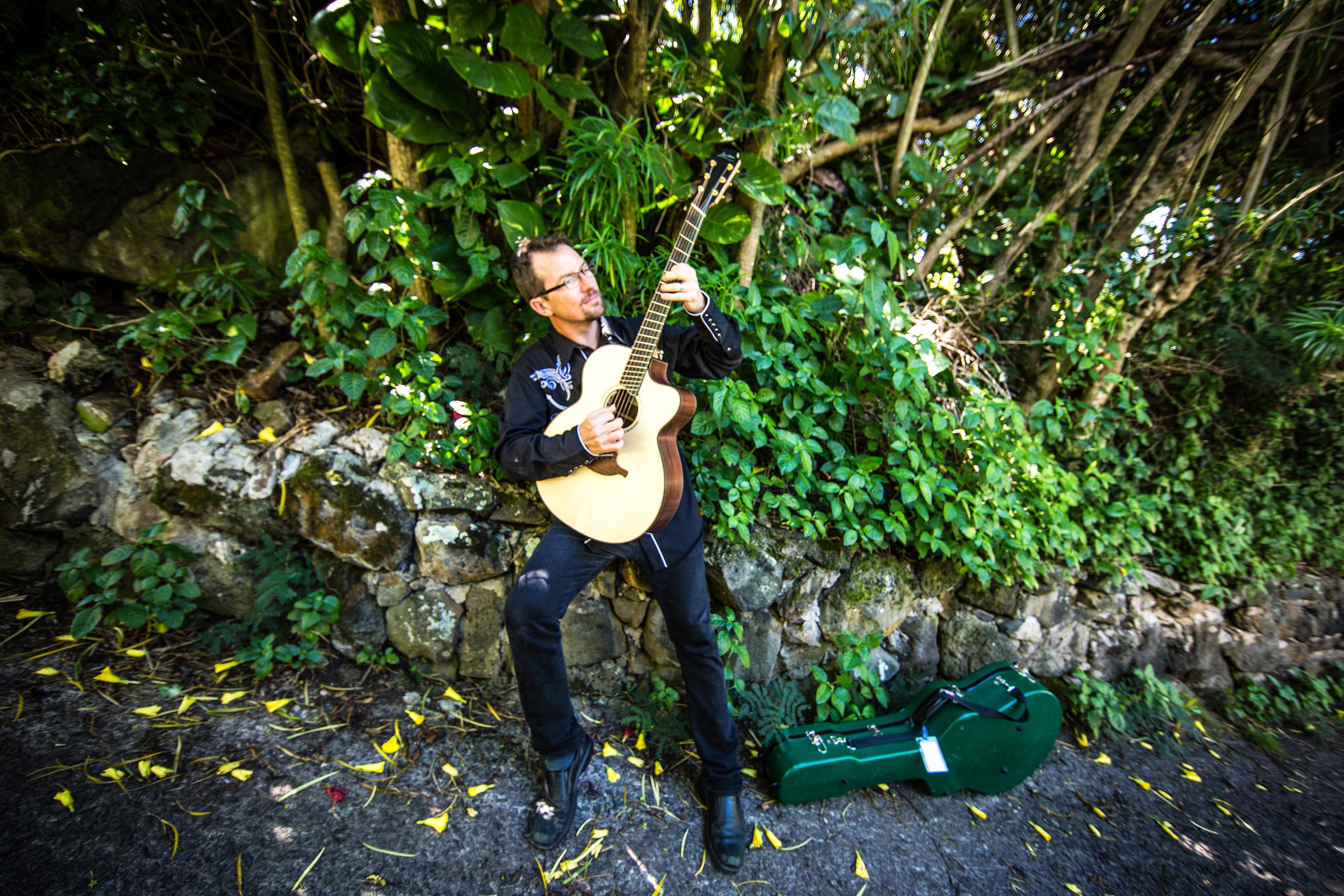
And then, of course, there was seeing the Dead. I saw fourteen shows before Jerry Garcia died. Like a lot of young Deadheads, you can go on that path and go deep. And I’m glad I did. That’s what introduced me to electric music in the way of improvisation. My brother and I had a band here in Honolulu that did a lot of Dead and Dylan with stretched-out originals. When I was twenty-two years old in 1998, I had the good fortune of playing in a band with Bill Kreutzmann called House of Spirits, and we did a good handful of shows around Kauai and around the Islands for a couple of years. That was an incredible experience for a young Deadhead and musician. Both Billy and our bass player back then were light years ahead of me musically, but I was lucky enough to hang on.
My early music years were there. Then my wife and I moved to Berkeley in 2002 for a few years, and through a bout of homesickness, I focused on playing Hawaiian music. I grew up with Slack Key, and my parents were friends with well-known musicians. I missed home and had a strong desire to be back with that music. I’d dabbled in Slack Key but never really dove in until I left home. I moved back in 2006 and really got down the path of where I am with Slack Key. I got to learn from some of the living masters like Dennis Kamakahi whom I did an album with.
Around 2010 I was already performing a handful of Dylan songs in Slack Key style, and a friend of mine suggested I focus a whole album on that. I knew I’d also do a Grateful Dead record someday. I had a friend who passed on a few years ago who actually named the album. He told me, “Don’t name the album Slacking on the Dead. Call it ‘Cut The Dead Some Slack.’ That’s much better!”
GW: That’s great context. How do you think Slack Guitar suits the music of The Grateful Dead?
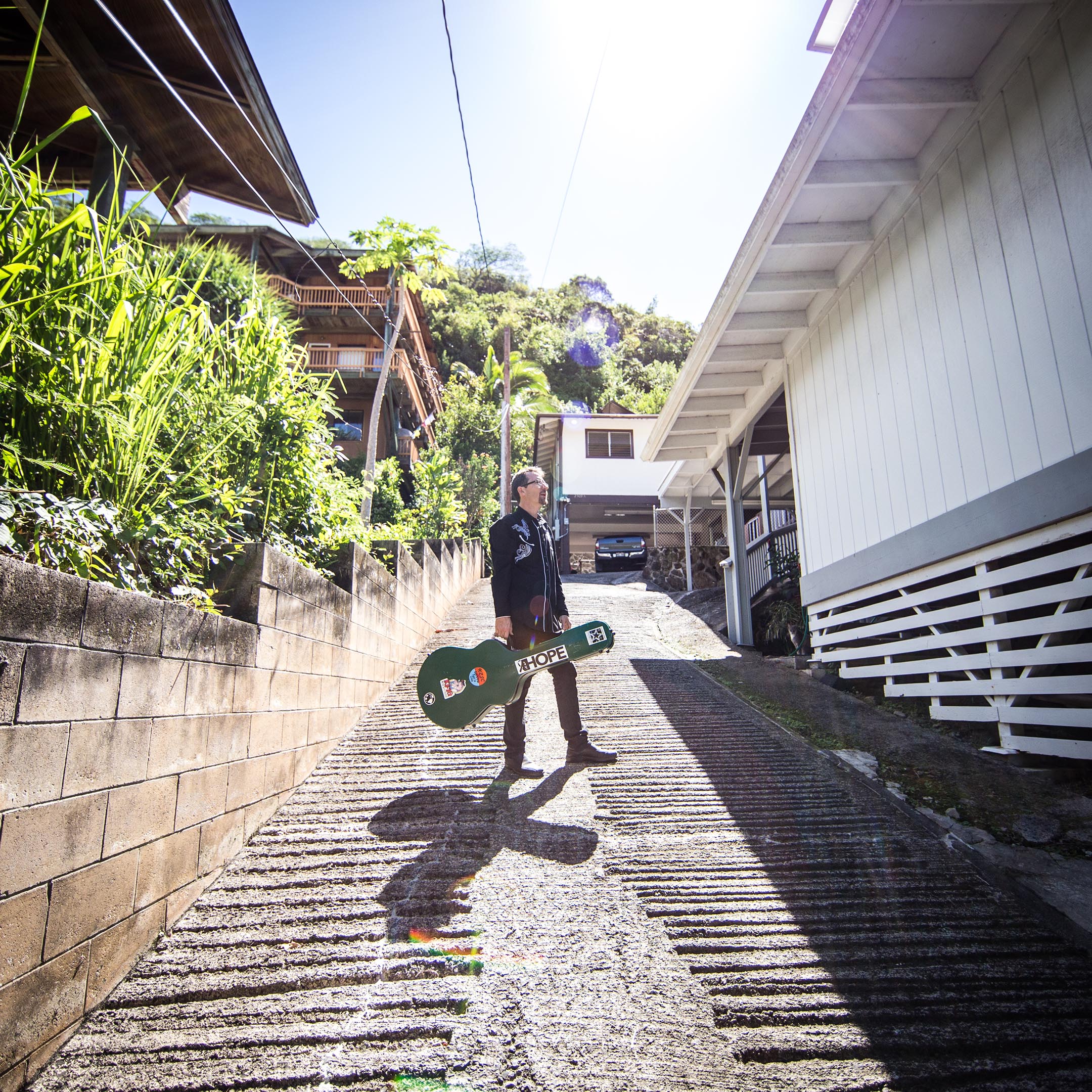
SI: Well the songs were always with me being a long time Deadhead. Many songs had already trickled their way into my performances. Hawaiian Slack Key Guitar started with the Mexican Cowboys bringing the Hawaiians gifts, and it evolved over a couple hundred years. American roots and Hawaiian roots share a lot of common ground. Hawaiians were traveling the West Coast by the late 1800s. A young Hawaiian kid actually invented the steel cylinder and the way of playing lap guitar. So the really early Delta Blues guys who were playing neck-slide really took to this when they met the Hawaiians. And in turn, early blues and ragtime affected Hawaiian musical culture of the early 1900s.
Early 20th-century roots music is what you hear quite a bit of in the Grateful Dead. A lot of the Dead’s stuff is really married to that tradition. Garcia’s stuff was usually more rootsy than Weir. When you listen to how Robert Hunter put a spin on classic songs like “Stagger Lee,” or even originals like “Candyman.” Musically the early slide and Hawaiian guitar fit in. When listening to a lot of Garcia’s runs, it occurred to me he would have been a great Slack Key player. When he visited back in the 1990s, when he was diving, I’m sure he was exposed a little bit. His melodic playing really is copacetic. Even if he wasn’t a connoisseur of Hawaiian music, a lot of those songs lend themselves pretty easily to the style. Songs like “Brokedown Palace,” and “Ripple,” were no-brainers. Tunes like “Dark Star” and “Days Between,” took a little more massaging but you can still get the essence.
I was happy to hear how nicely the songs fit in when diving into the process. In a cosmically cool coincidence, Blair Jackson was the one who gave me a little nudge to get this recorded. He was the Editor in Chief of Acoustic Guitar Magazine. He found my copy of Slacking On Dylan in a stack of CDs by the coffee maker. We ended up meeting in person a year later. We began exchanging emails about songs. Through him, I met David Gans who is now a good friend of mine and sings harmony vocals on the new album. It was great to work with some of my Deadhead heroes and get to complete the album with their support.
GW: There’s this affinity towards the music language that the Grateful Dead created. Once Garcia passed, the music didn’t stop. It’s been carried on. That being said you really drew from a diverse selection of songs in the Grateful Dead songbook. Then there are classics like “Scarlet Begonias,” and “Days Between,” where you really did strong re-arrangements to suit the classic Hawaiian Slack Guitar styling.
How did you decide which songs to keep closer to source material in approach and which to arrange differently?
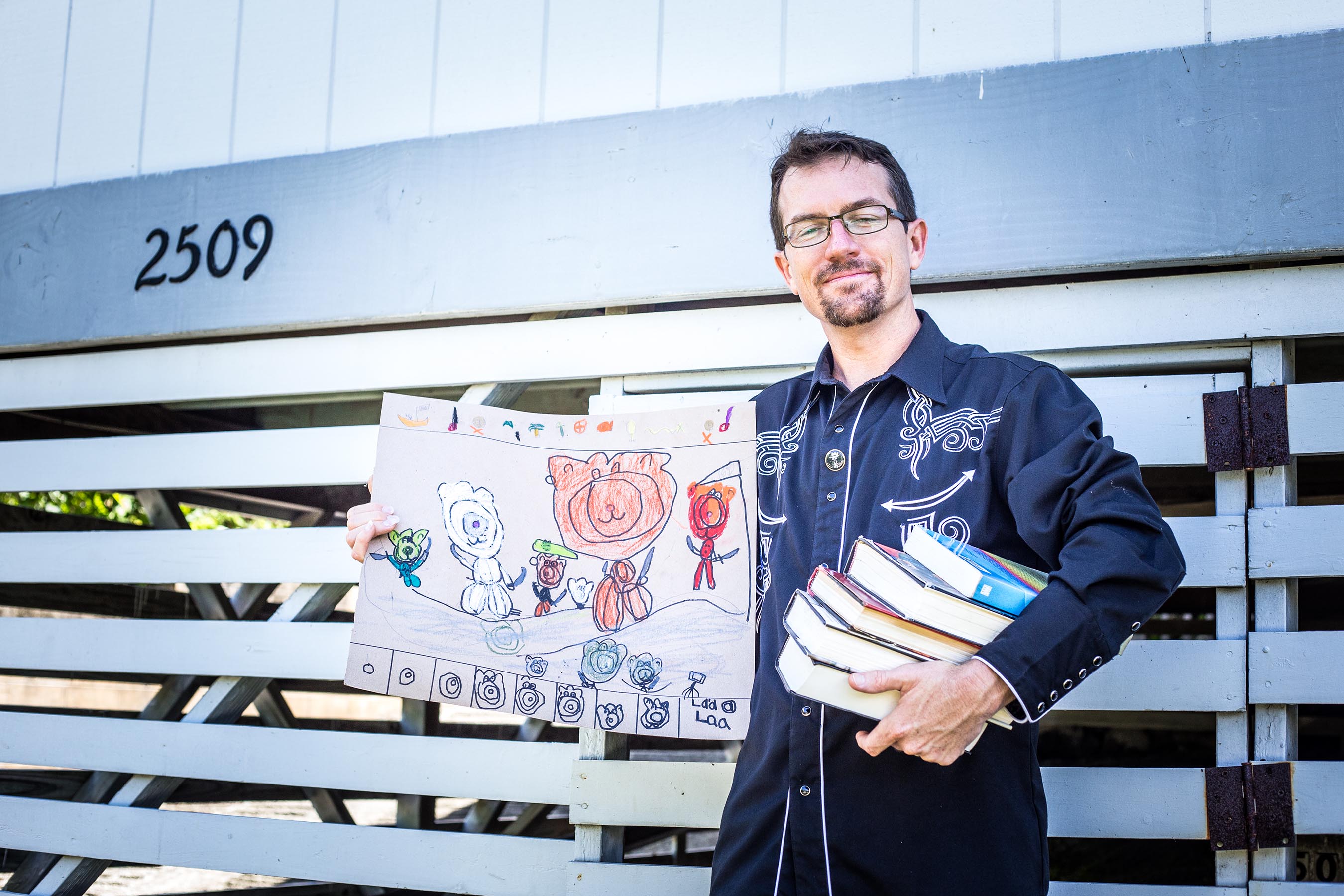
SI: Some of the songs I’d never attacked in solo setting. Songs such as “Days Between,” and “Lazy River Road,” came a little more naturally as I’d done those before without an electric band. Then there are songs like “Scarlet Begonias,” that I’d never played solo or acoustic. So I thought about Slack Key arrangements because a lot of tunings are more open than what you’d see in a blues context or rock context. The lower the key you go the larger on the sonic spectrum you cover. That creates a bigger/warmer breadth of sound than a regular acoustic guitar. When you’re playing a lead way on top, you can play bass way on bottom.
Vocally I could hit the keys the way Garcia could, but changing keys is a discussion Gans, and I have frequently, because Jerry had a beautiful high tenor. So with a song like “Scarlet”, I brought the key down and this tuning gave me all these options to play these real Hawaiian sounds. I didn’t want this to be a record of just playing the Dead in the style of open tuning but rather infusing them conceptually. These little ornaments make Slack Key special. I started real slow and relaxed like an old-time Slack Key song then went into that more familiar groove to start the song proper. I wanted this to be a Hawaiian sounding record, not just Hawaiian tunings.
GW: Can you talk about actually producing the album Cut the Dead Some Slack? You already had some friends in the Dead Camp, and you played with Grateful Dead drummer Bill Kreutzmann. It sounds like this is an album you were destined to make.
You recorded this in Cotati, California in South Sonoma County with David Gans on vocals. All of the many guitar parts are you. Did you ever consider working this album in a full band form?
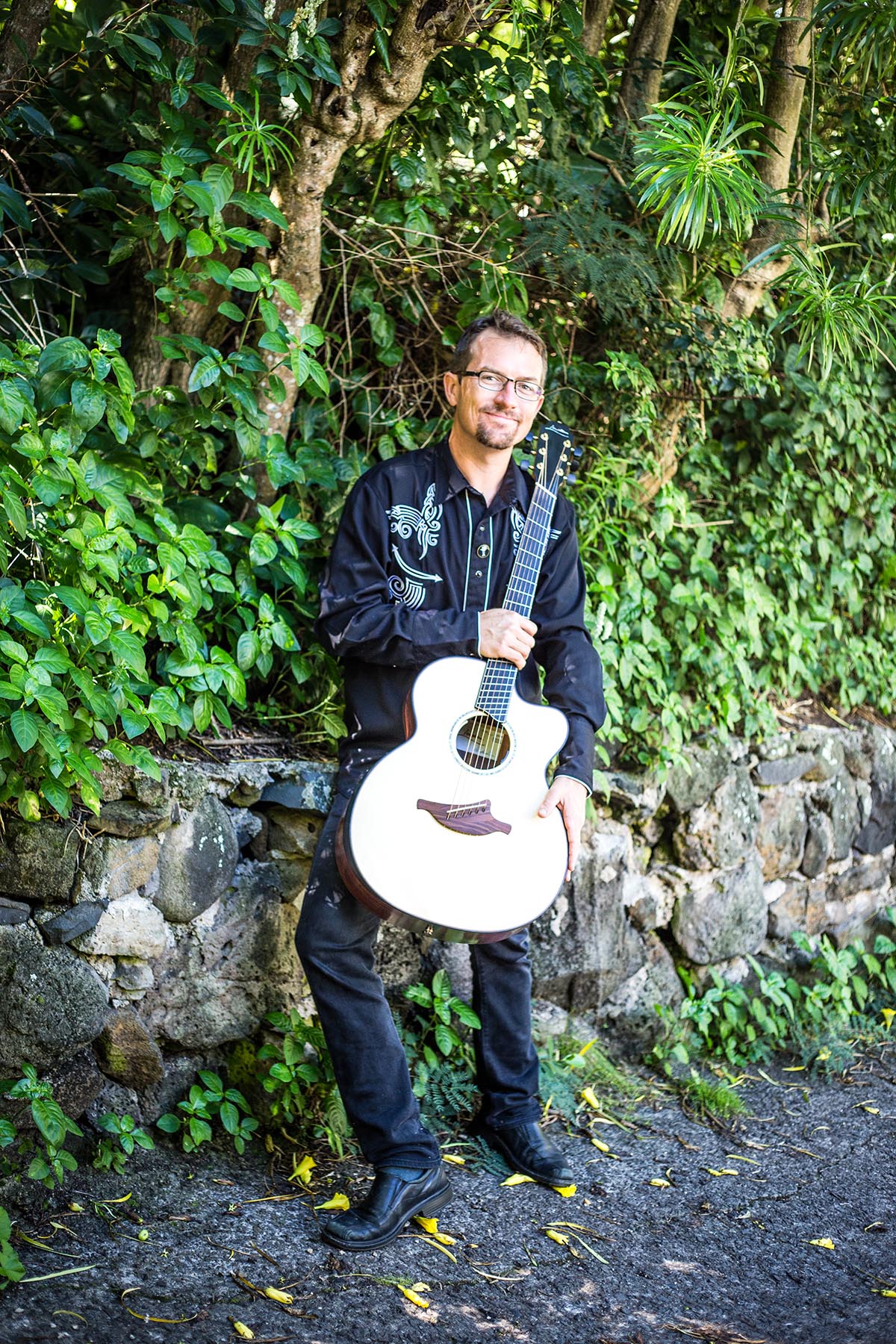
SI: Slack Key is traditionally played in a group context too, but it’s also a really lovely solo instrument. Since you’re covering the bass line with your thumbs, you’re playing bass and melody together. Most of the songs on the album are two guitar parts. One lower-tuned guitar and one higher-tuned lead. I wanted to really feature the nature of the style with the Slack Key by not recording this with an electric bass that would overpower the bass notes from the guitar. There’s so many great full-band interpretations of the Grateful Dead out there, so I felt it was appropriate to feature this album in more-or-less solo guitar. I liked keeping it in that acoustic solo and duo format.
Time wise we did this in just a couple of days. The studio was amazing. My engineer Chris Lau who recorded the album, who’s also from Hawaii as well, knew of this place where great musicians like Tom Waits and Gregg Allman had recorded. These old barns were restored back in the late 1970s. The layout had this sort of magic to it. We used this mixing board that Pete Townshend had recorded Quadrophenia on before he sold it to the studio in the 1980s. There was all this meticulously cared for vintage gear there.
So we played some gigs in San Francisco and then went and recorded in between. We came back and finished it a couple of months later when David Gans came and laid down vocals. I’m really excited because it’s the first time I’ve ever released anything on vinyl.
GW: All those nuances are going to come out great.
So you’ve got a bunch of shows coming up in Honolulu and are also playing with David Gans at the Skull & Roses Festival at Ventura Country Fairgrounds in Southern California on April 6th. What else do you see lining up for 2018 as far as live performance and getting these Slack Key Dead tunes out there?
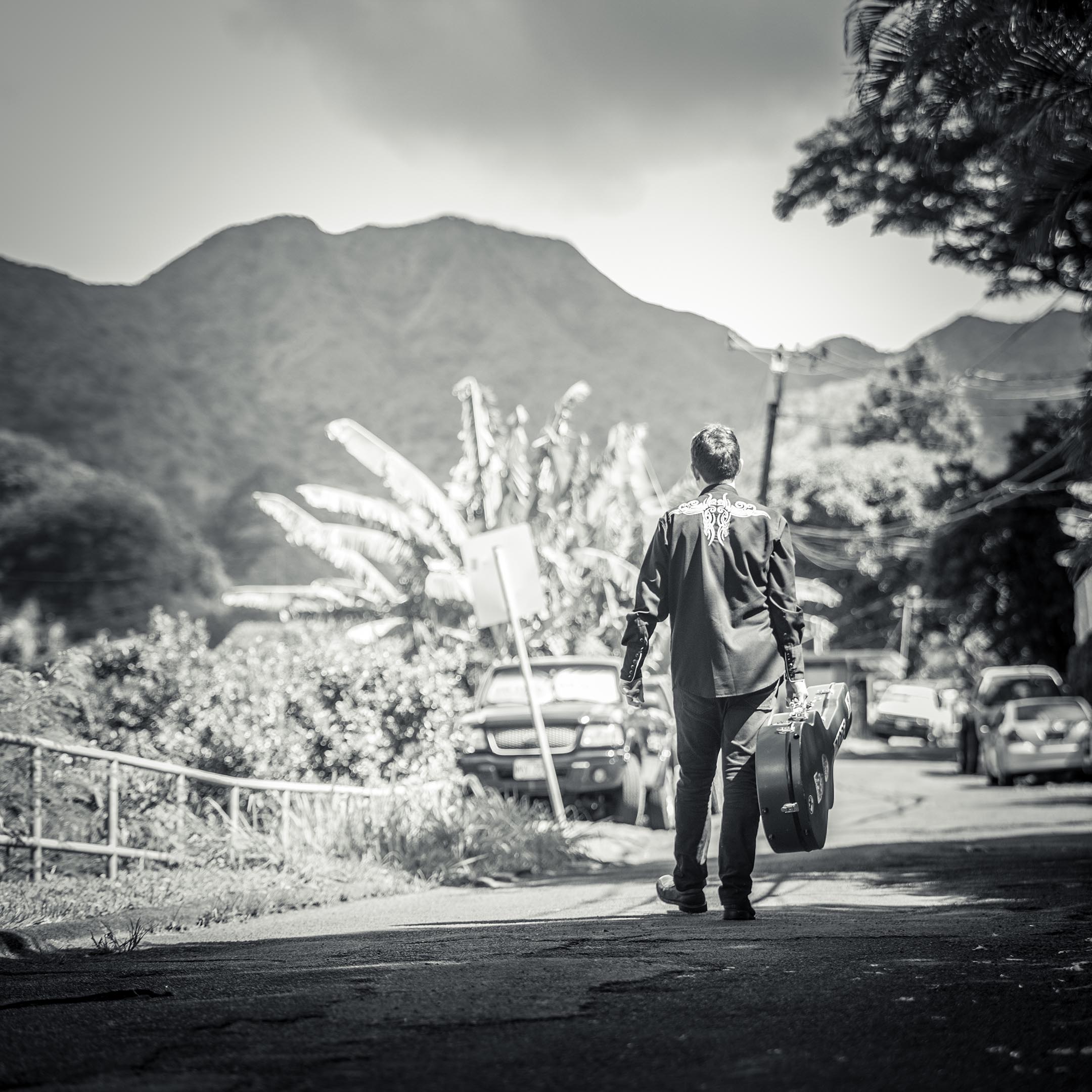
SI: We’re going to try to do a bunch of stuff in the Fall. We actually just came off this tour we called Fragile Thunder. We played a lot of these songs with an electric band on Honolulu last fall, and some of that stuff actually became bonus tracks on Disc 2 of Cut The Dead Some Slack. Anyways, we just got back from this tour, which began with me being booked at a Slack Key Festival in the Pacific Northwest. Meanwhile, David had some individual solo days booked out there. Working with respective booking agents, we worked it out to combine our tours and call the shows “Fragile Thunder.” We played eleven dates starting in the Bay Area, to Chico, Northern Washington, and all over Oregon. It was a great tour, and we really developed this musical conversation between my Slack Key and tunings. There were lots of improvisations on Dead stuff. We jammed out “Dark Star” into “Wharf Rat” into “Dark Star,” and played “Scarlet Begonias” into Hawaiian songs. We want to do more of these sorts of shows. At the Skull & Roses festival, we’re definitely going to drop into each other’s sets. It’s going to be a lot of fun.
Visit StephenInglis.com to get your copy of Cut The Dead Some Slack on vinyl, CD, or download. Check back for more gigs to be announced.






